HTC One M9 versus Apple iPhone 6 Plus: first look
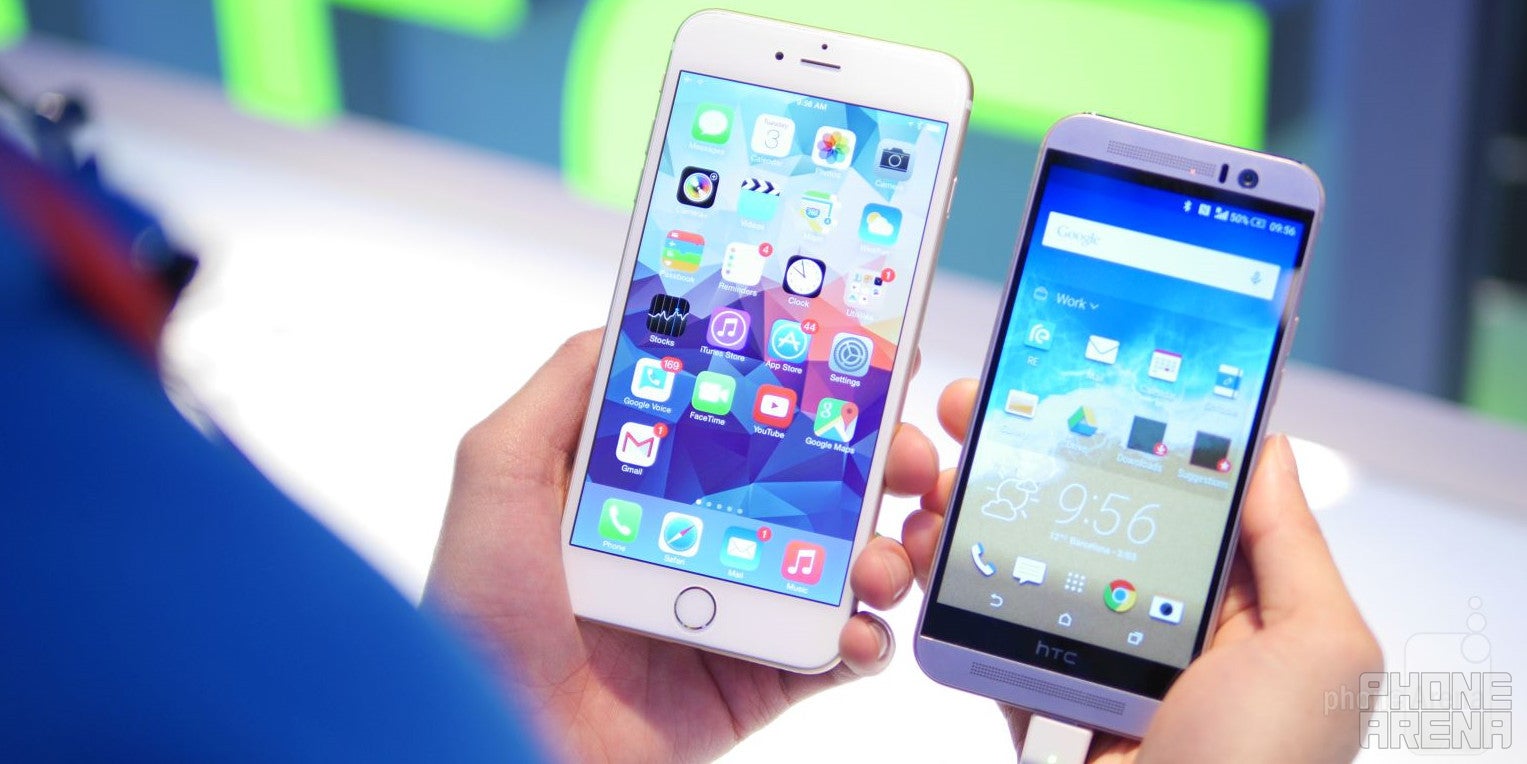
Introduction
The HTC One series have set a new standard for high-quality design in the Android world, and the One M9 is the third iteration of that design with some improvements under the hood and in the camera department. The Apple iPhone 6 Plus, on the other hand, is selling like hotcakes and also takes pride in its slim and elegant metal body.
Design
The HTC One M9 has undergone an evolution and has become more slightly compact when compared to its predecessor, the One M8: it’s less tall and narrower. It retains the unibody wraparound metal shell of the M8, with the brushed metal finish that looks straight out of a premium home appliance. The most notable design features is the dual-shot color with the silver model, for instance, sporting a gold side.
Both feel premium and made with meticulous attention to detail, and picking between the two is a lot about picking your favorite.
Display
The HTC One M9 took on a conservative (and very sane) course with its choice of a 1080 x 1920-pixel (full HD) display rather than a Quad HD one. We've seen that the benefit of a Quad HD resolution on such a small screen is very minute, while the hit to battery life can be significant. Pixel density comes in at 441ppi on the M9, which feels more than sufficient to not be able to see any pixelization.
The Apple iPhone 6 Plus, on its part, also features a 1080 x 1920-pixel display, but on a larger, 5.5-inch scale, which brings pixel density at the slightly lower 401ppi. Both the Apple and HTC device feature good, vibrant and pleasing colors.
Interface
HTC's Sense Android skin has long been a favorite of ours since it manages to feel even snappier than stock Android in some places, plus it is very simple and straightforward, and HTC has taken this simplicity and worked to improve it in HTC Sense 7. The new user interface turns out to have a lot more influence from the material design approach adopted in Android 5.0 Lollipop, but remains as snappy as before.
Processor and Performance
Under the hood of the HTC One M9 is a brand new Snapdragon 810 octa-core system chip with four A57 high-performance cores and four energy-savvy A53 cores, 3GB of RAM, and Adreno 430 GPU. This new chip finally brings Android much closer to Apple in terms of the important single-core performance, and a step above it in terms of multi-core performance.
The iPhone 6 Plus, in particular, features an Apple A8 dual-core system chip with a custom Cyclone CPU core. The dual-core approach allows Apple to use larger cores that do an outstanding job with single-core performance.
The HTC One M9 sports a healthy 32GB of internal storage in its base model, while the iPhone 6 Plus has got a 16 gigs ROM. While the M9 can expand on that internal storage via microSD cards of up to 128 gigs, the iPhone 6 Plus does not support expandable storage.
Camera
HTC does away with its UltraPixel camera technology at least partially, as the main camera on the One M9 features a brand new 20-megapixel sensor. Up front, however, UltraPixel technology is alive and well: the 4-megapixel shooter with its large, 2-micron pixel will serve you up with excellent-looking selfies, and why not even use it to get the most light in pictures shot at night?
The Apple iPhone 6 Plus, on its part, features an 8-megapixel camera that sits in that golden middle between having a super-high-resolution and utlra-large pixels. It’s a universal shooter that does well in all conditions.
Battery life
For the time being, we can only comment on the official battery figures as provided by the manufacturers. We have a 2,840mAh battery on the 5-inch M9 and 2,915mAh battery pack on the 5.5-inch iPhone 6 Plus.
Battery capacity alone does not tell the whole story, though, as software optimizations play a huge role as well. So far, the One M9 claims to fit in the above-average battery longevity of its predecessor, while the iPhone 6 Plus has excellent battery life as it can usually remain an average of nearly two days off the charger.
Expectations
With the One M9, HTC has finally listened and improved in those areas where improvement was really required: most notably, we now have a high-res, 20-megapixel main camera. Good news is that UltraPixel technology is also alive and well in a more fitting position for it on the front camera. The M9 sports largely the same design as its predecessor and while that might seem a bit boring, it’s an excellent design to have nonetheless.
The Apple iPhone 6 Plus also features a great camera despite it being a just 8-megapixel one, and the two compare well in both hardware and visual style.
At this point, picking between the One M9 and the iPhone 6 Plus is a lot about your preference for screen size: 5” vs 5.5”, and about the ecosystem you like more - Android and iOS.






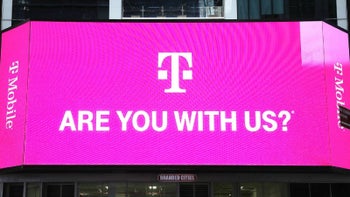

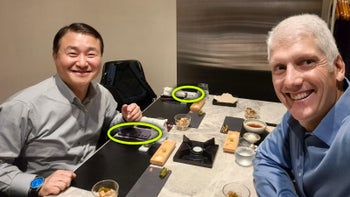

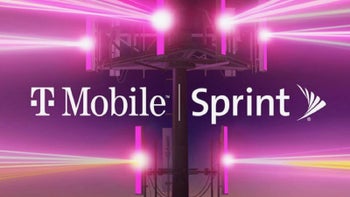
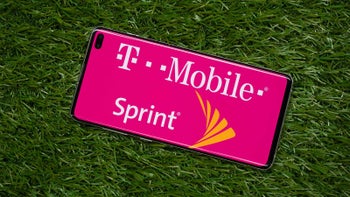
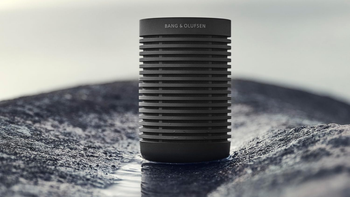
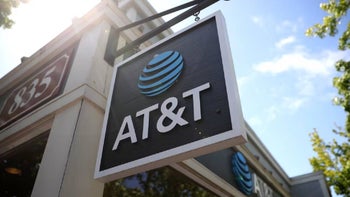
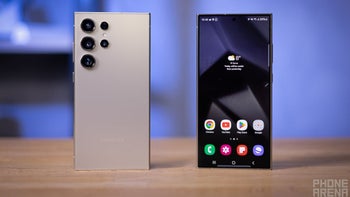
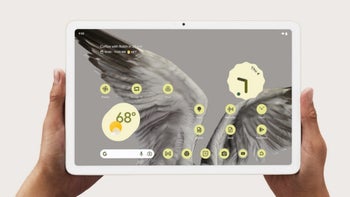
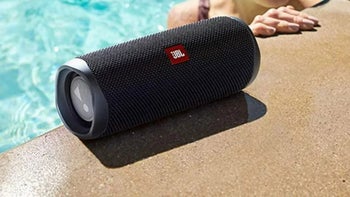
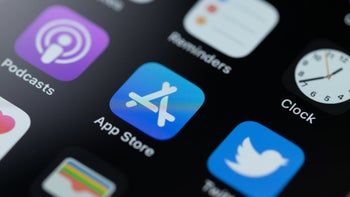
Things that are NOT allowed: